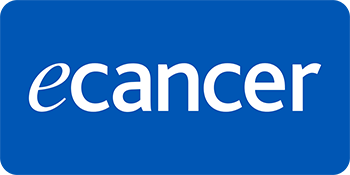Background: WHO's Global Initiative for Childhood Cancer (GICC) aims to increase global survival of childhood cancers to 60% by the year 2030 with a focus on six index cancers. However, there is no nationally representative epidemiologic data on these index cancers in Nigeria.
Aim: To describe the distribution, outcomes and determinants of GICC six-indexed cancer in Nigeria.
Methodology: A multi-centre ambi-directional cohort study of children was done in children <19 years diagnosed with any of acute lymphoblastic leukaemia (ALL), Wilms tumour (WT), retinoblastoma (RB), Hodgkin lymphoma (HL), Burkitt lymphoma (BL) or low-grade glioma (LGG). Seven centres in the six geopolitical zones of the country participated. A 2-year study with 18 months of retrospective data collection (January 2022–June 2023) and follow up of subjects was done for 6 months (July–December 2023).
Results: A total number of 213 subjects were enrolled and ALL (n = 72;33.8%), WT (n = 57; 26.8%), RB (n = 52; 24.4%), BL (n = 17; 8.0%), HL (n = 13; 6.1%) and LGG (n = 2; 0.9%) accounted for the disease pattern. Median age at diagnosis was 5 years (51.6%). Mortality rate was 32.4% and treatment abandonment occurred in 37.6% of subjects. Treatment-related mortalities (TRMs) were 37.7% with infection and haemorrhage the commonest specific causes of TRM (36.1% and 42.5%). Only 7/95 (7%) of subjects with WT and RB stage III and IV benefited from RT. The most common reasons for non-RT were lack of funds (29%), lack of access to RT (54%) and lack of physicians’ referral (11%). Only 10 (4.3%) of subjects were enrolled in a health insurance scheme. Independent risk factor for mortality was advanced disease stage (p = <0.001). Amongst the mortalities, 36% died within the first 3 months of diagnosis.
Conclusion: Treatment abandonment, mortality and TRM are high in Nigeria. To attain the GICC goal, there is a need to educate physician on treatment protocol, ensure availability of supportive care, health insurance, RT and tackle late presentation.






